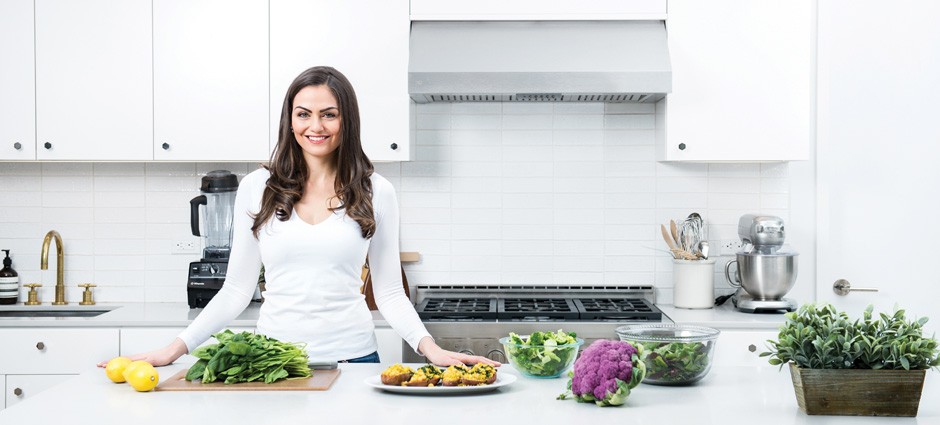As a savvy grocery shopper, you already follow basic food-buying rules, such as don’t shop hungry. But navigating the food aisles has become a tricky task for health-conscious consumers. Knowing that healthy eating starts with smarter grocery shopping, we asked nutritionists for their insights.
Go Organic…Sometimes
“You don’t have to buy everything organic,” says integrative nutritionist Maria Marlowe (in photo above), author of The Real Food Grocery Guide (Fair Winds, 2017). “To choose which ones to buy organic, look at the Environmental Working Group’s annual Dirty Dozen list to see produce with the highest levels of pesticides.”
Shop the Periphery
“That’s where supermarkets typically stock real foods—the healthy ones you have to cook or prepare yourself,” says Marion Nestle, Ph.D., professor emerita of Nutrition, Food Studies and Public Health at New York University and author of What to Eat (North Point, 2006).
Buy Frozen Fruits & Vegetables
They’re just as healthy as fresh and a great option when grocery shopping in winter. Make sure only whole foods are on the ingredient list and that they were picked at peak ripeness. “They lose very little nutritional value in freezing,” Nestle says. Marlowe adds, “Frozen produce is 25 percent cheaper.”
Buy in Bulk…Sort Of
To save money when grocery shopping in the bulk section (think beans, rice and grains), get only what you’ll need in the short term. “If you use something regularly, buy in small amounts weekly to ensure freshness,” Marlowe notes. Nuts, for example, go rancid quickly, and beans start to change in color and taste as they age.
Be a Label Detective
To figure out if a packaged food is healthy, read the ingredient list. “Choose foods that have ingredients you’d stock in your own kitchen,” advises Marlowe. This differs from the advice to avoid ingredients on labels that you can’t pronounce. Marlowe notes that you can pronounce red dye #5 and high-fructose corn syrup—unhealthy ingredients that you wouldn’t stock in your pantry.

